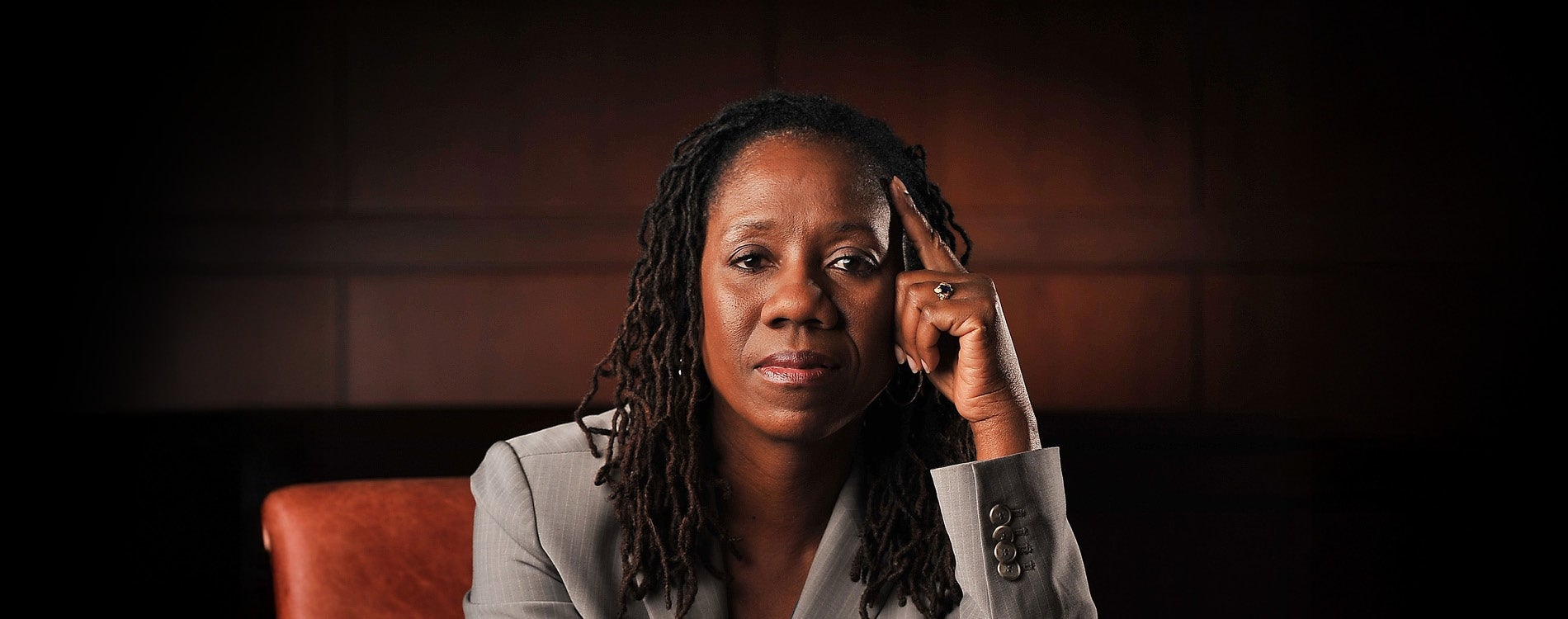
Beyond the Numbers

Anyone searching for the right university can, in the space of a few key strokes, discover a school’s national ranking in U.S. News & World Reports’ annual Best Colleges list. A university’s score is treated like objective truth rather than a number cobbled from a list of criteria that may or may not tell prospective students if that school is right for them.
Such rankings are part of higher education’s embrace of metrics as a tool for assigning a quantitative value to seemingly every aspect of the college experience.
But a conference at UC Santa Barbara, “Disquantified: Higher Education in the Age of Metrics,” Thursday and Friday, May 16 and 17, in the campus’s Loma Pelona Center, will examine how metrics are transforming universities across the nation. The conference, which is free and open to the public, begins at 9 a.m. both days and will feature eight panel presentations with scholars from across the U.S. and the U.K.
Christopher Newfield, a UCSB professor of English and primary investigator on the underlying grant for the conference, said universities have always used metrics in areas like admissions and budgeting, such as SAT scores. “But metrics have migrated to the heart of teaching and research,” he said. “They now tell you the value of your major and the educational quality of your college.”
John Majewski, the university’s Michael Douglas Dean of Humanities and Fine Arts and a professor of history, said the conference will take a crucial look at the impact — and limits — of metrics in higher education.
“In an age when statistical thinking and big data are revolutionizing everything from sports to politics to business,” Majewski said, “it is important for us to carefully consider the limits of quantification, especially when applied to student learning and educational quality. This important conference helps us think through what is measurable and what is not.”
One of the topics addressed at the conference will be “the trouble with numerical culture” in higher education — what Newfield said could be summarized as “any number beats no number (no matter how bad or wrong).”
Consider the scandal of wealthy parents buying placement for their children into top schools. Why, Newfield asks, weren’t the parents targeting “lesser” schools? “Or, why didn’t they look at their child’s ordinary high school record and send them to a good community college so they could get better academically and then transfer to UCLA on their own?”
One of the problems, he said, is that the ranking system makes only a few universities seem exceptional — while making the rest seem inferior. Rankings also have made college seem as much about status as about teaching and research, he noted.
“When metrics control cultural attitudes towards higher education, they bring confusion and corruption,” Newfield said. “Higher ed has had deep flaws, but the core idea is the democratization of intelligence. Numerical culture shifts the spotlight to a few great schools and the supposedly small number of smart people. It has three other major problems, but I’ll save those for the conference!”
“Disquantified” isn’t a forum to condemn all metrics in higher education, Newfield said. Universities couldn’t function without numerical analysis, but metrics have worked their way into every cranny of campuses, especially the humanities.
“I love numbers and enjoy sitting down with a big spreadsheet,” Newfield said. “But the overuse of metrics supports a ‘winner-take-all’ society and weakens democracy. It tends to push the humanities disciplines and their complicated forms of communication to the margins. Overuse of metrics split science, technology and mathematics (STEM) from non-STEM, which is a problem for the creation of contemporary knowledge. ‘Disquantified’ will dig into issues that touch on how the United States is going to move forward as a society, and how to structure the university so it can be more help.”



